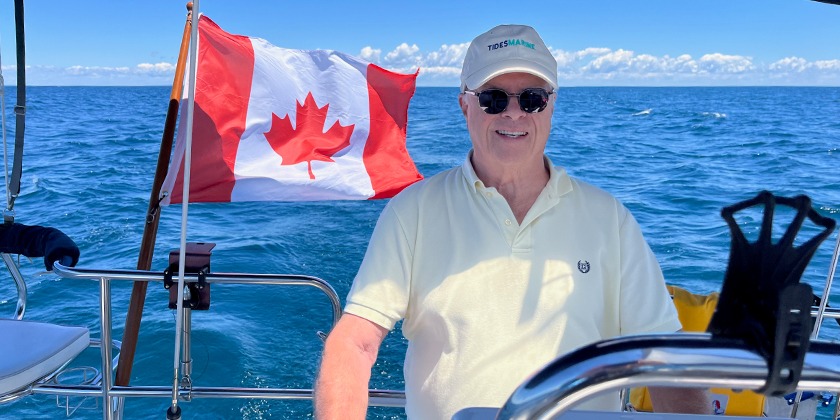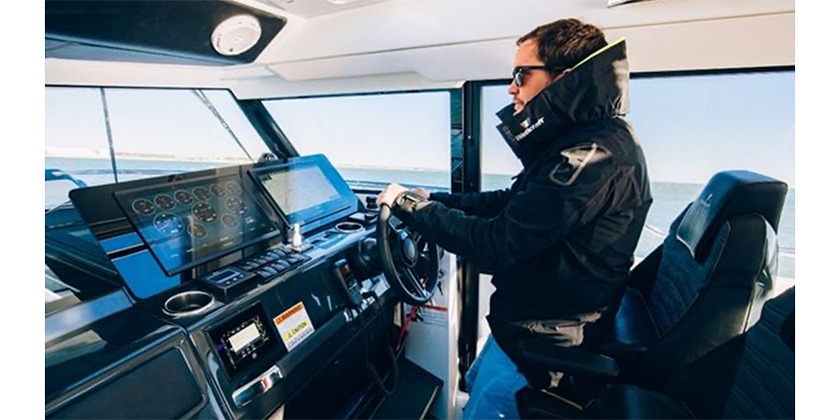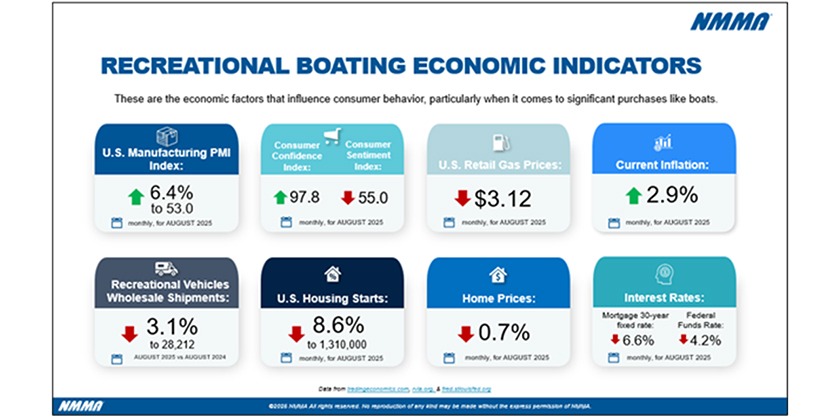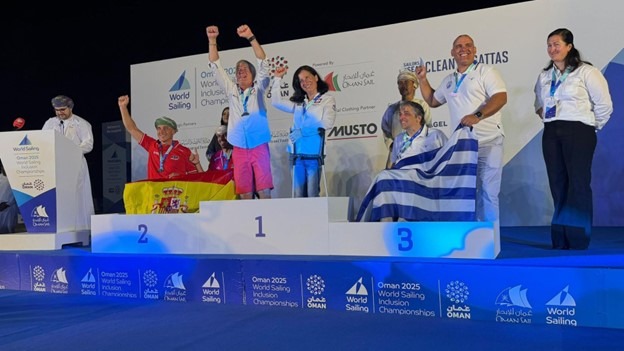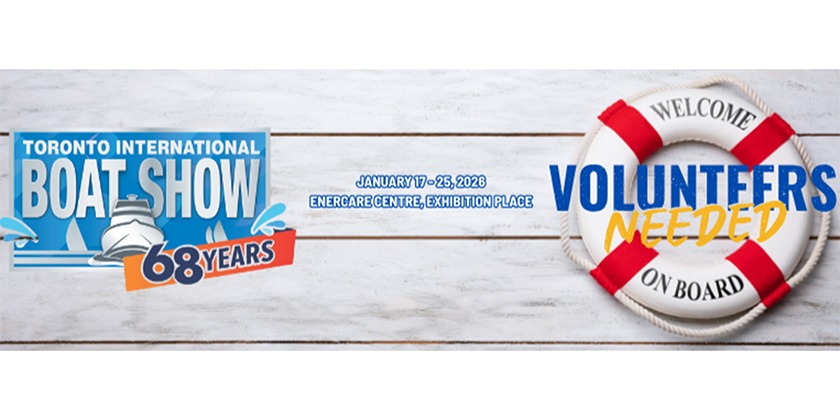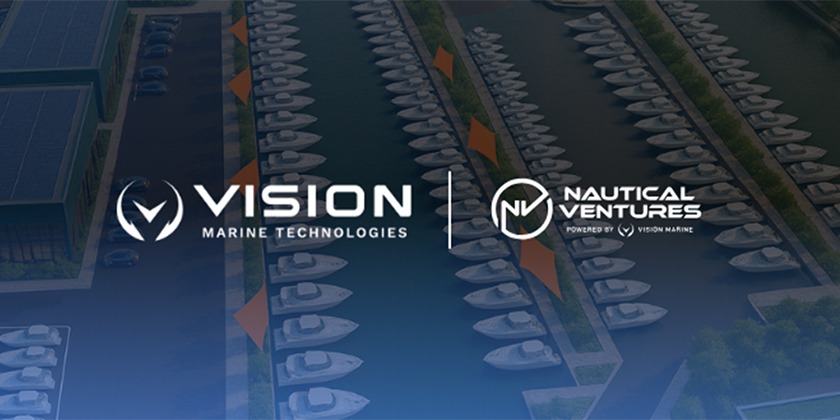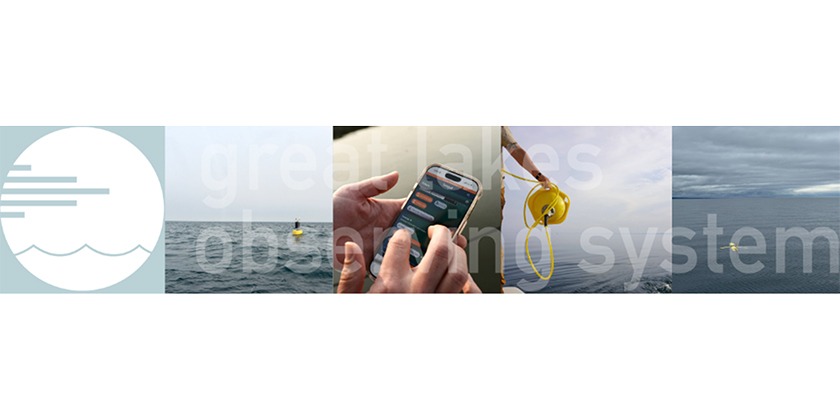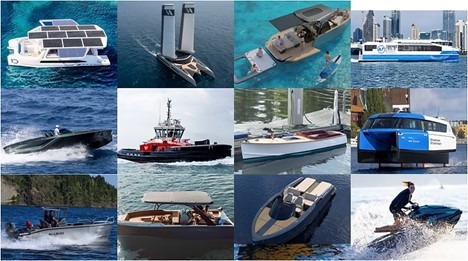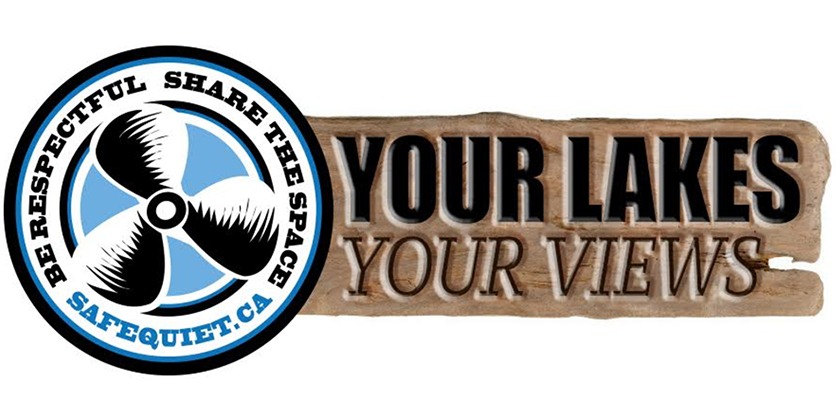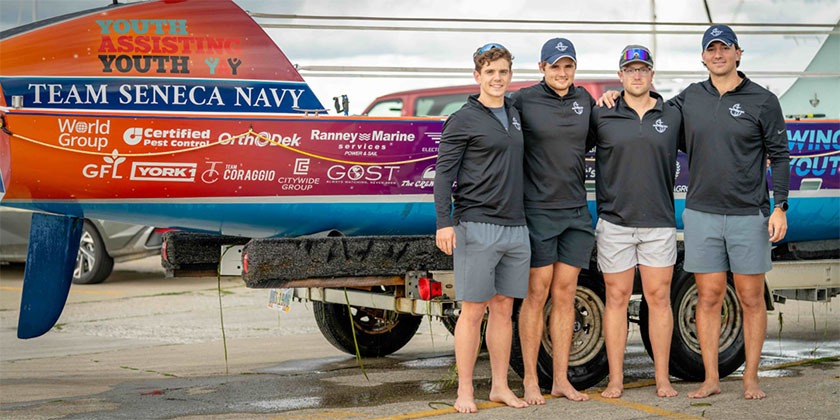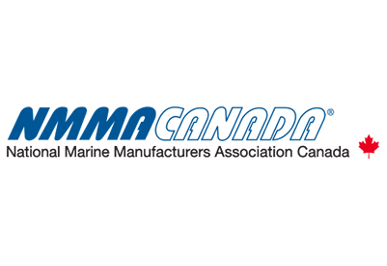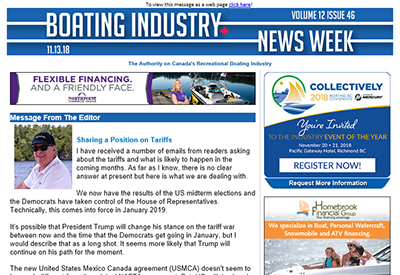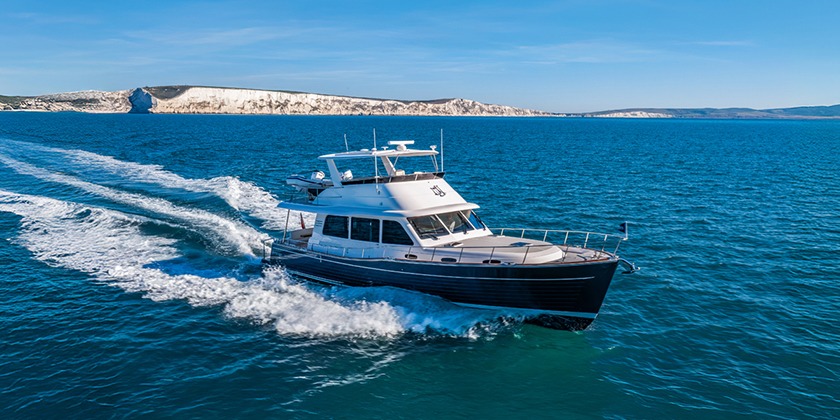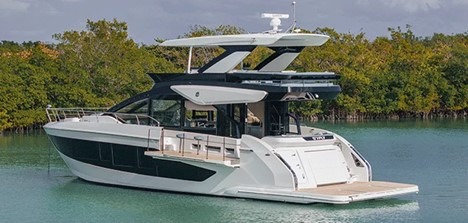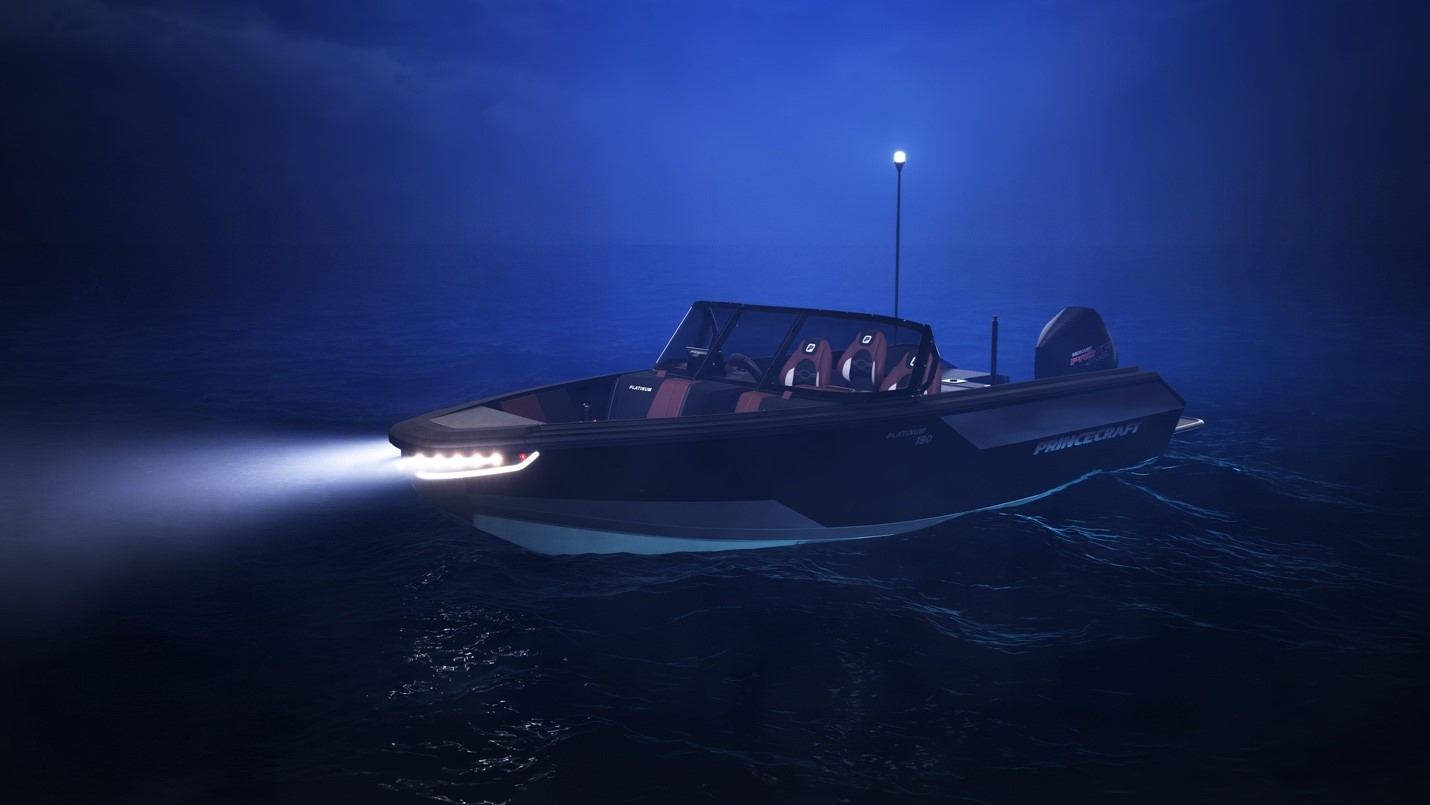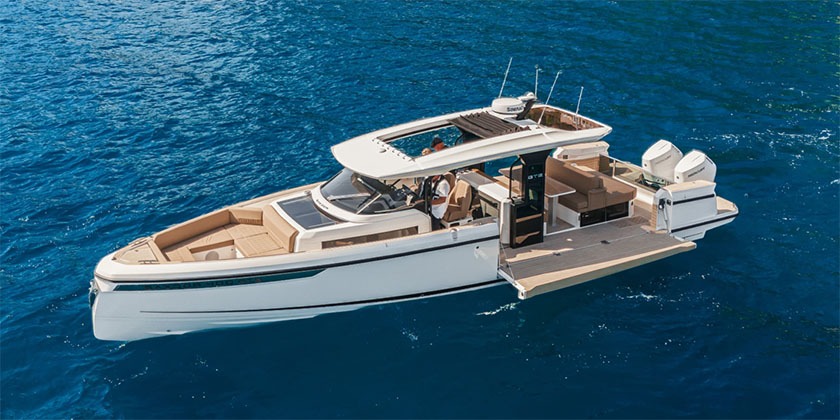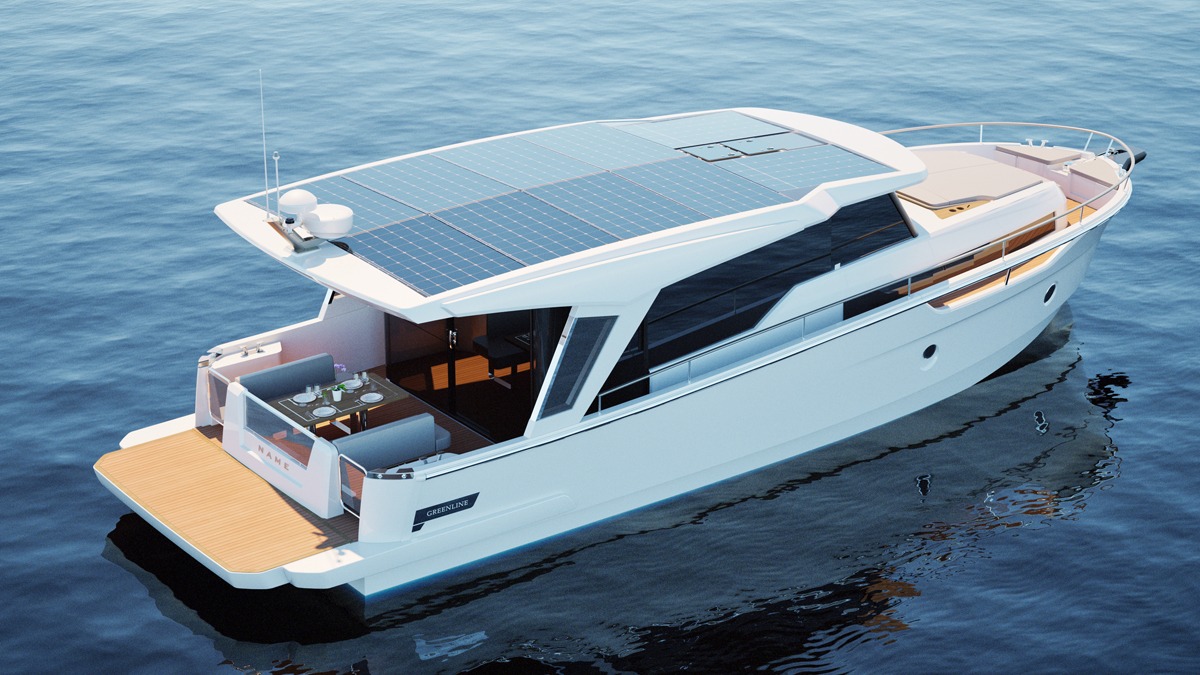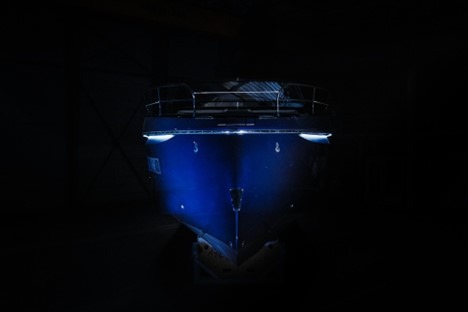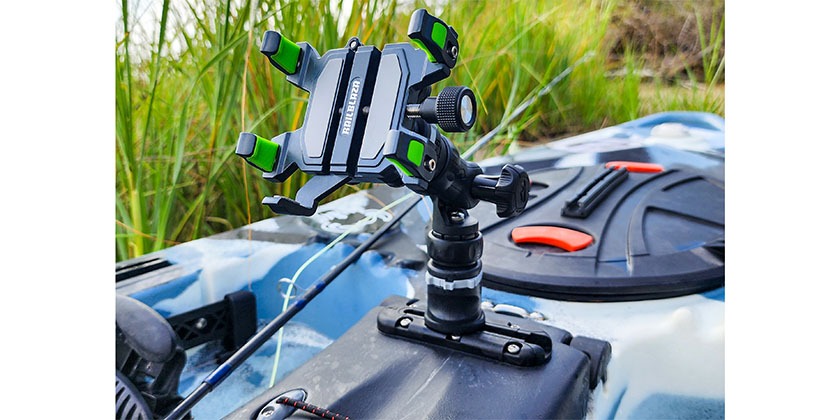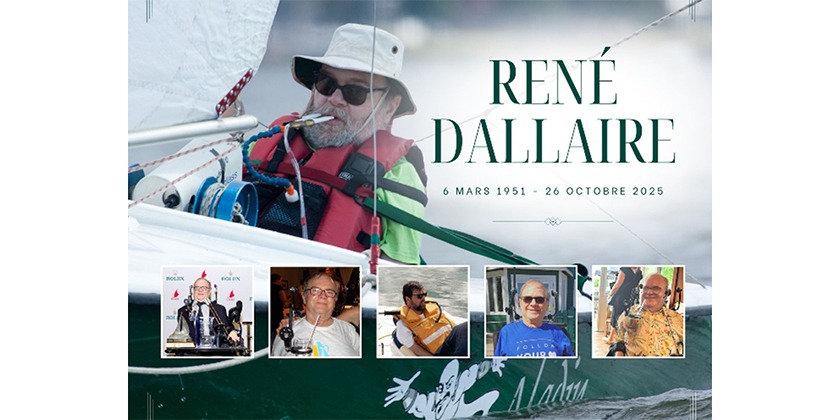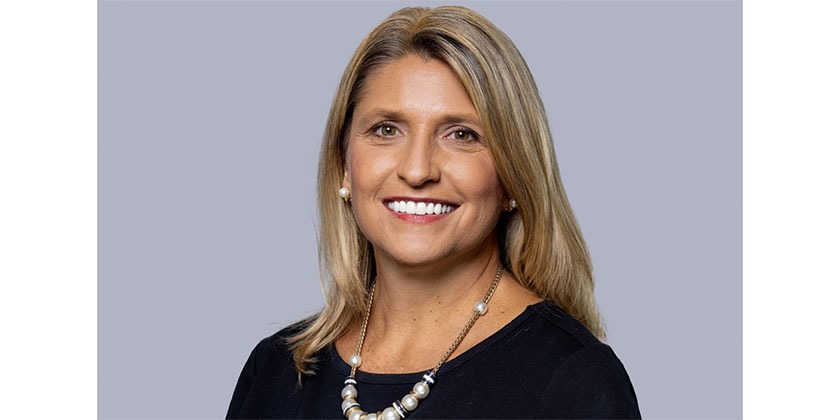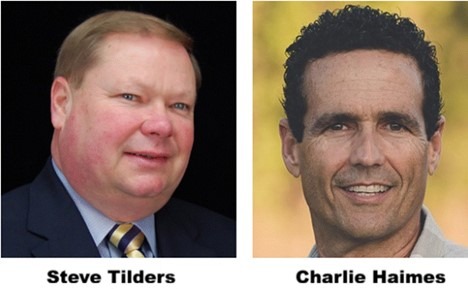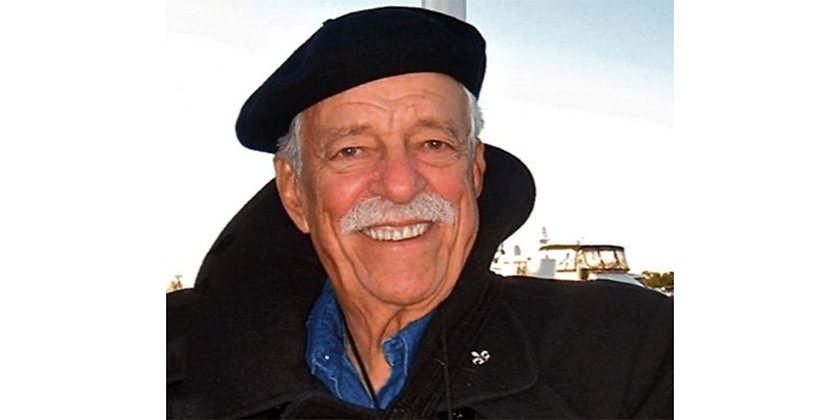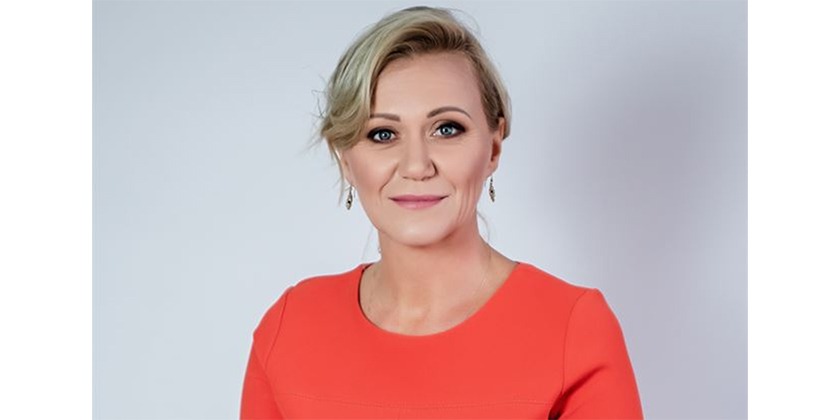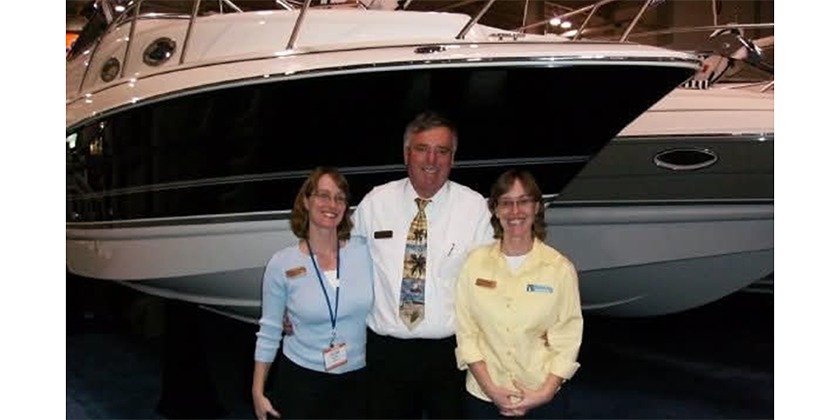ELECTRONICS PIONEER DARRELL LOWRANCE DEAD AT 80
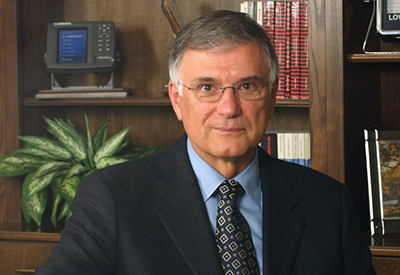
Mar 19, 2019
Marine electronics pioneer Darrell Lowrance, 80, passed away Saturday morning after suffering a stroke.
Lowrance, a pilot, conceived the idea for his first consumer fish finder after flying an airplane over a lake in the 1950s and seeing schools of fish in the clear water. He wondered if military sonar developed to locate submarines could be used to locate schools of fish for anglers, and set about developing what became known as the Lowrance Fish-Lo-K-Tor. More commonly known as the “little green box,” the unit became the world’s first commercially-viable consumer sonar unit when it was introduced in 1959.
“Not only was Darrell instrumental in developing, manufacturing and marketing the world’s first recreational sonar, the Fish-Lo-K-Tor, Darrell was also responsible for hundreds of fish finding and navigational innovations that have influenced and helped millions of anglers around the world for more than 60 years,” said a company statement. “His dedication, love and contributions to the marine industry, the fishing world and most of all his fellow employees will forever be remembered.”
Initially located in Joplin, Missouri and later based in Tulsa, Oklahoma, the Lowrance company once employed more than 3,000 people and produced more than 1.0m devices per year. Lowrance merged with Simrad and B&G in 2006 to form Navico.

